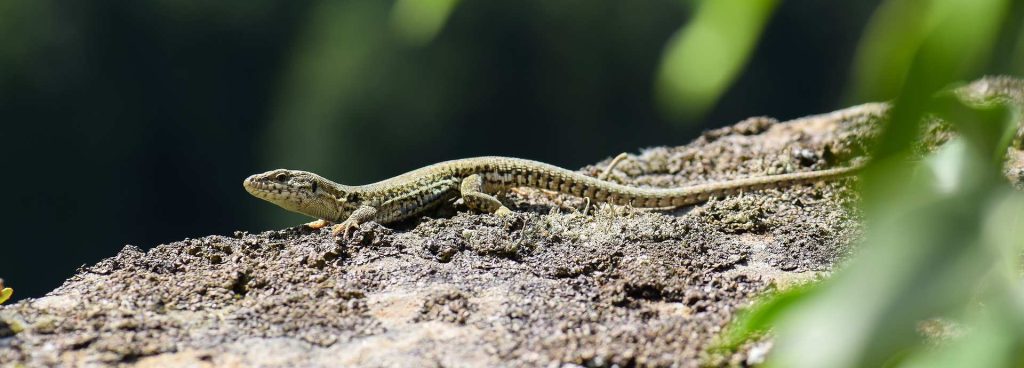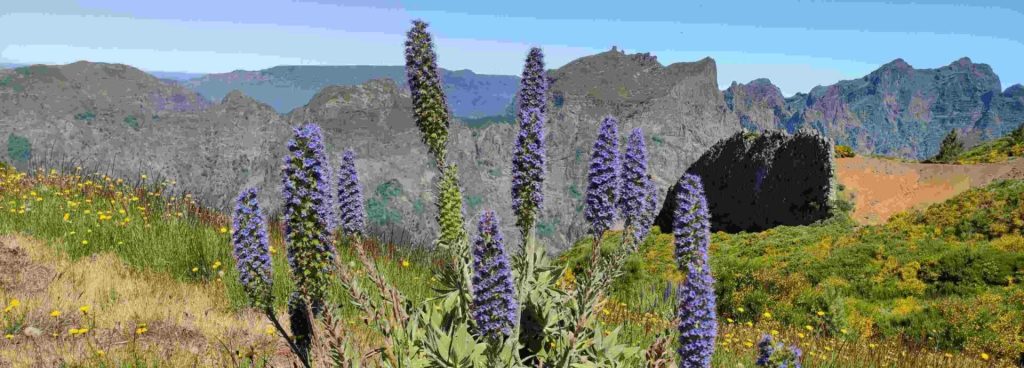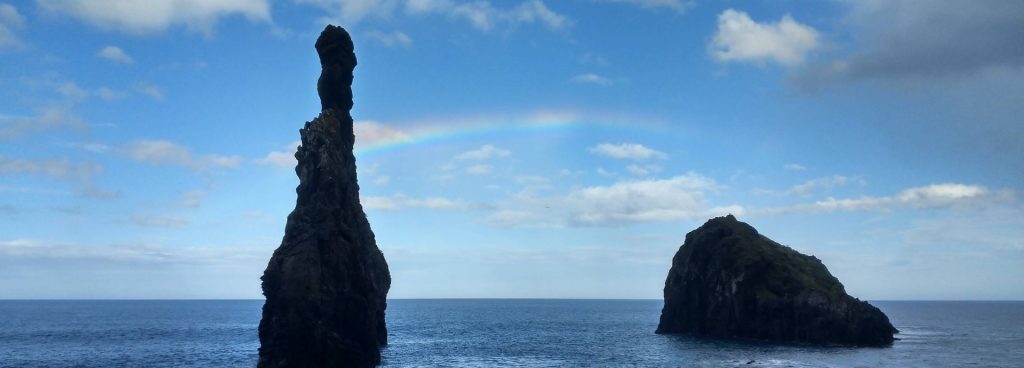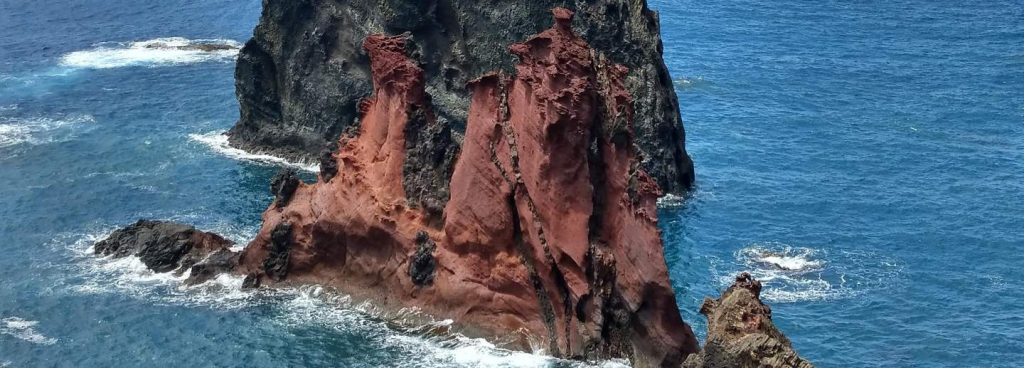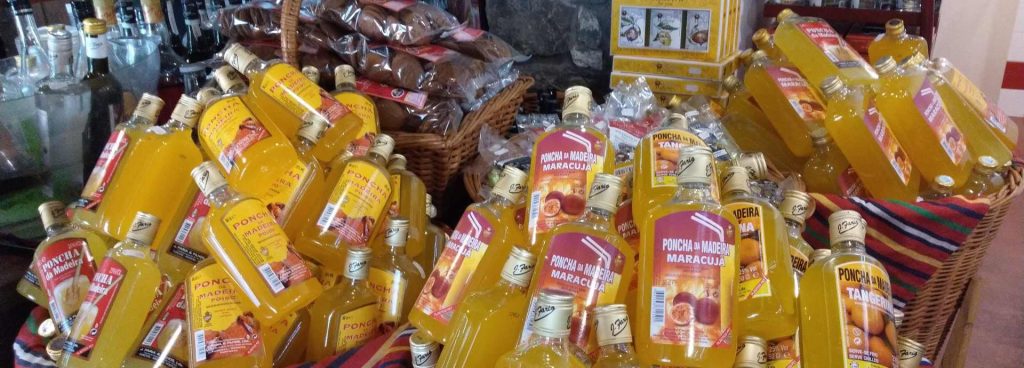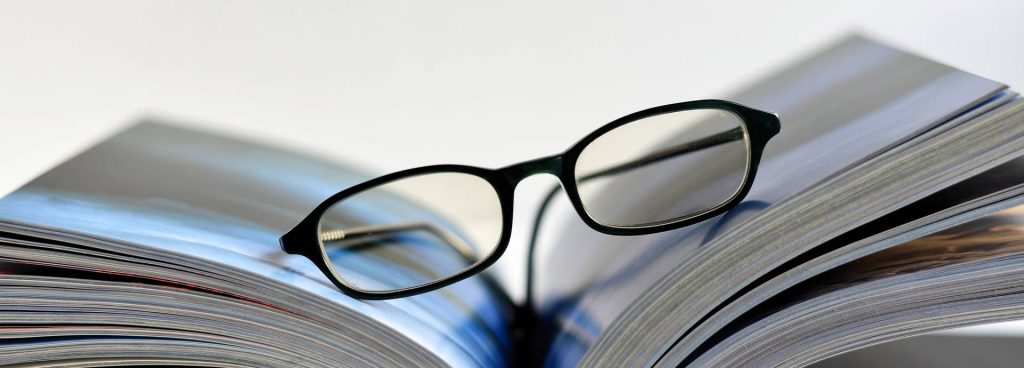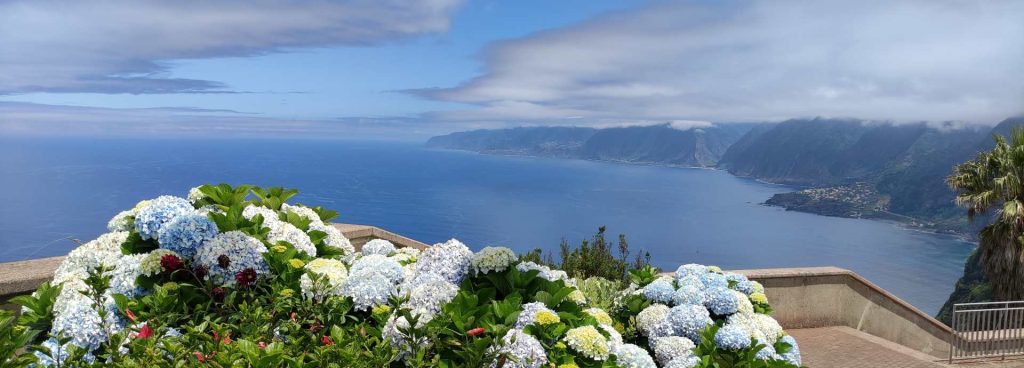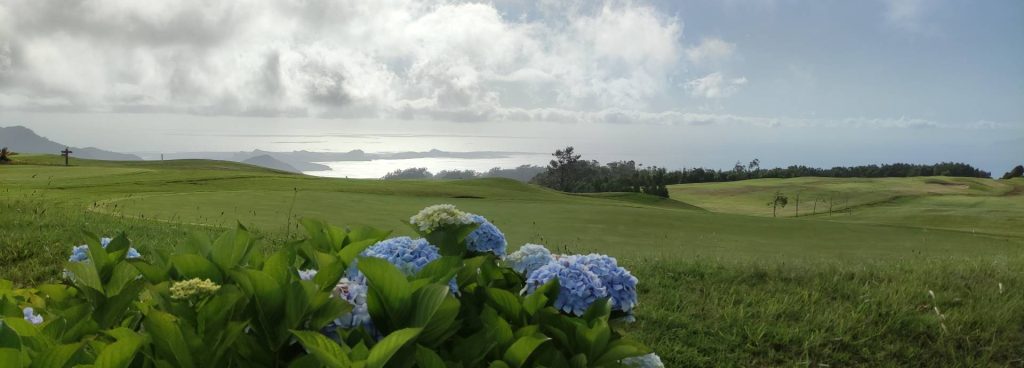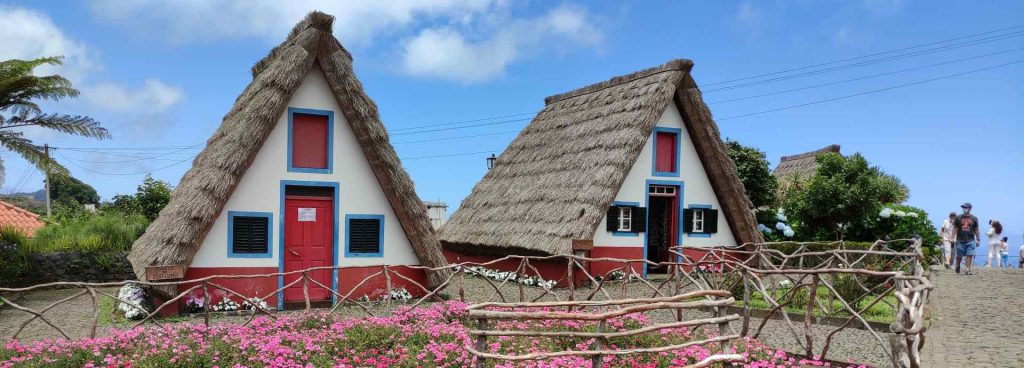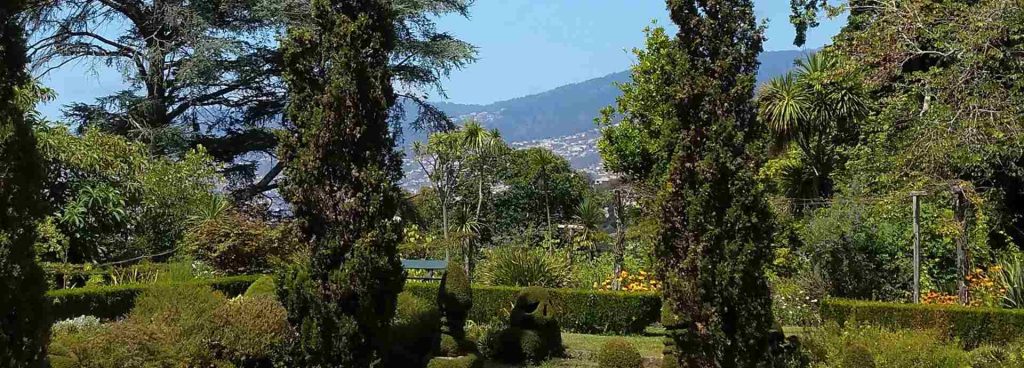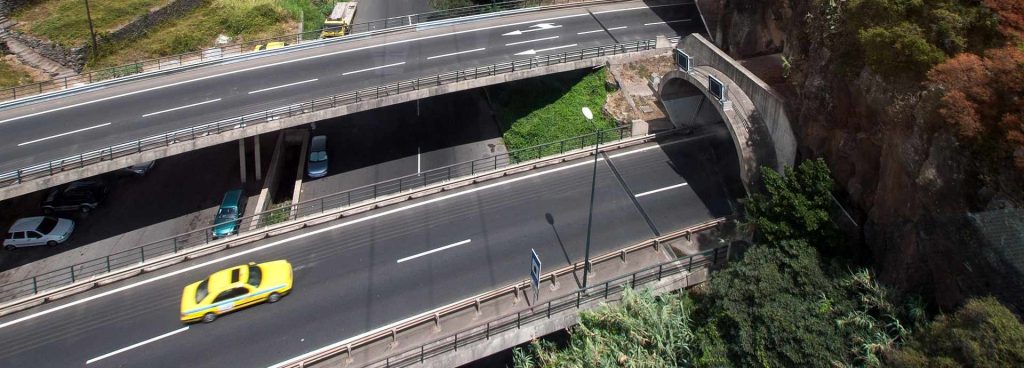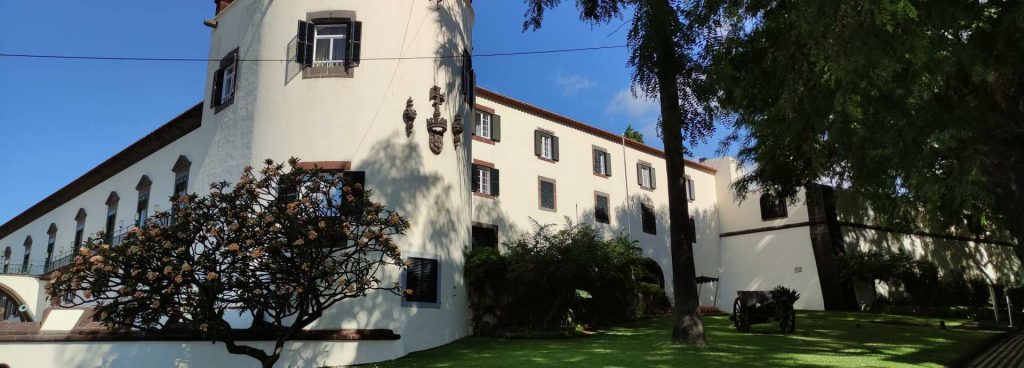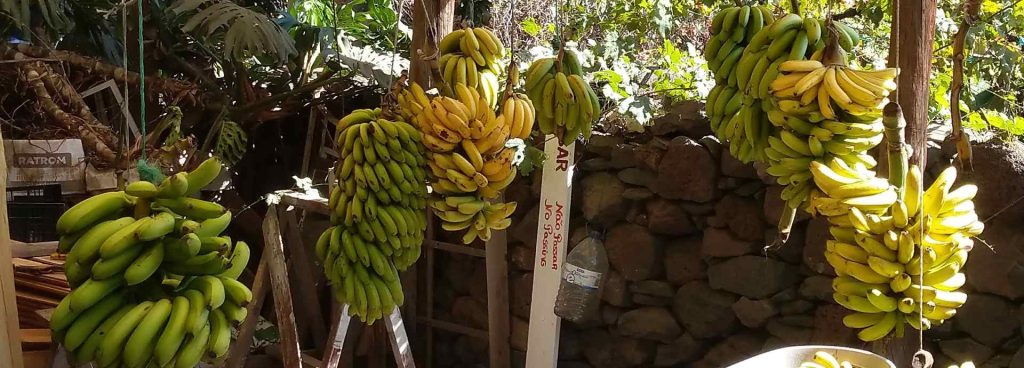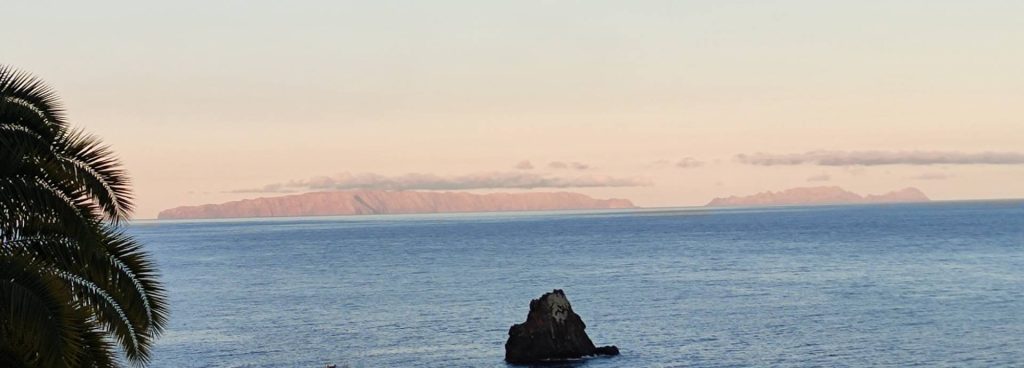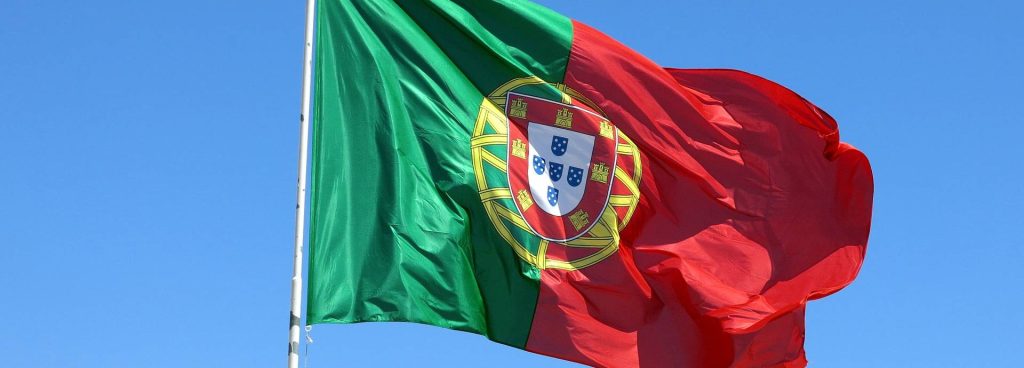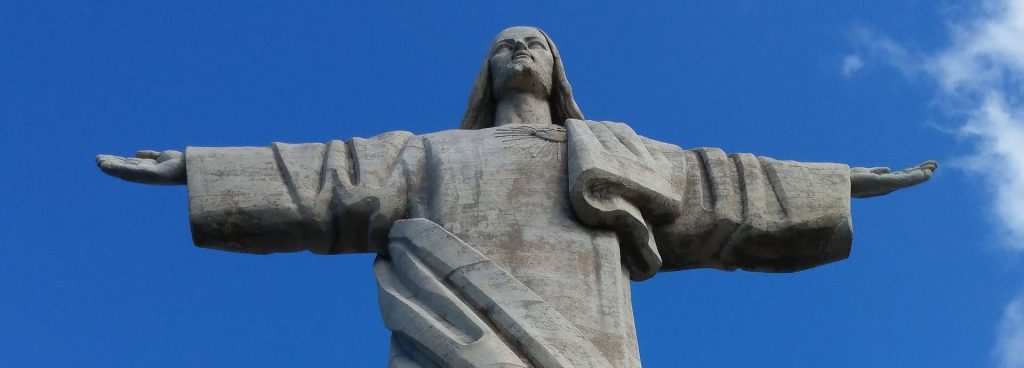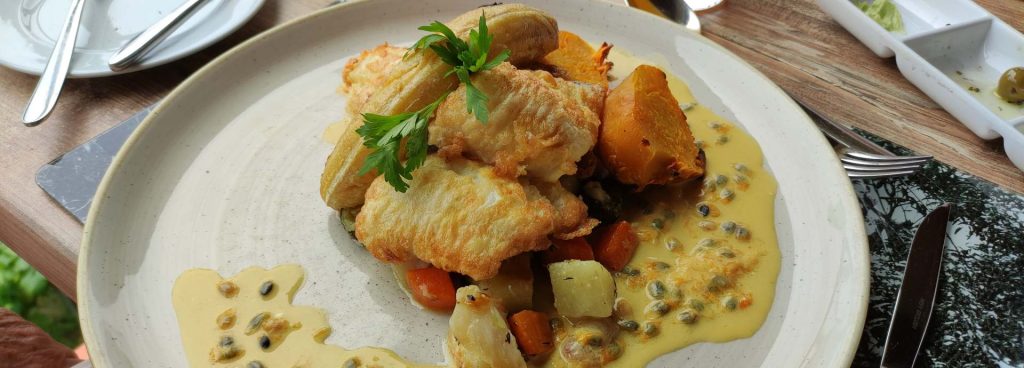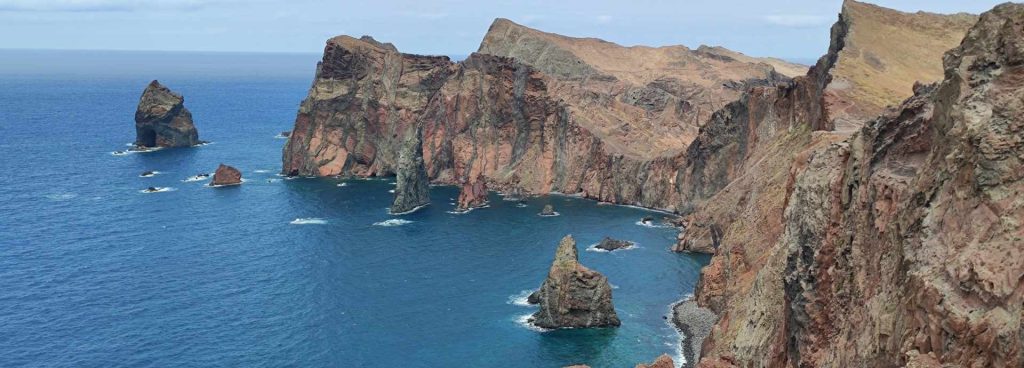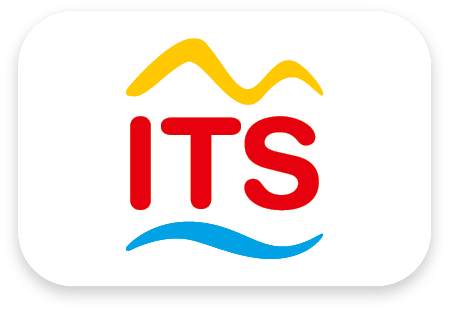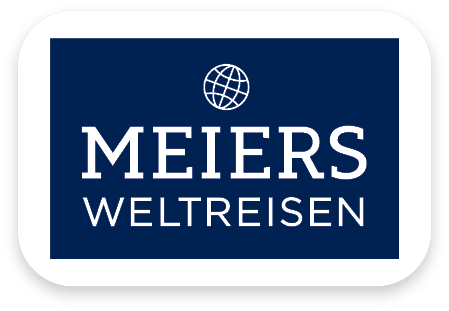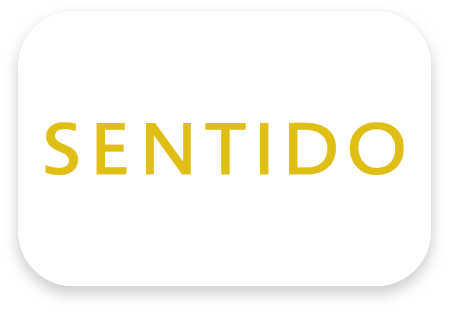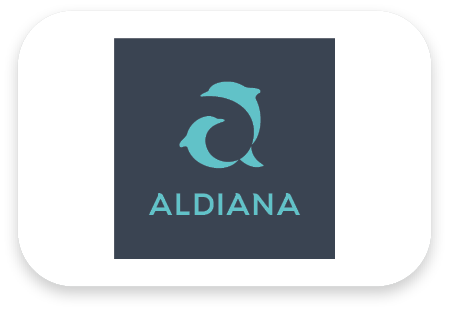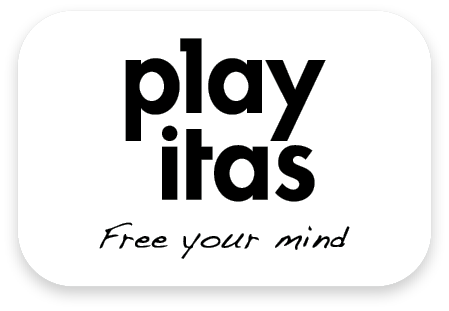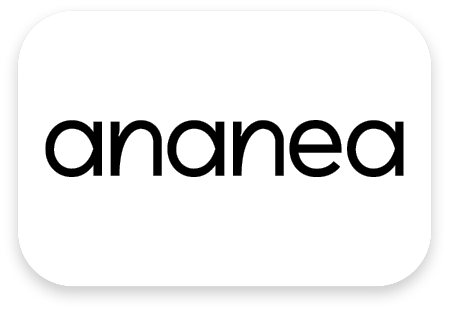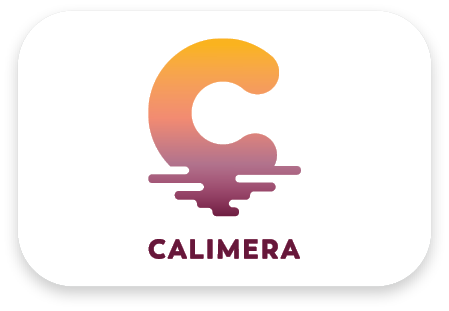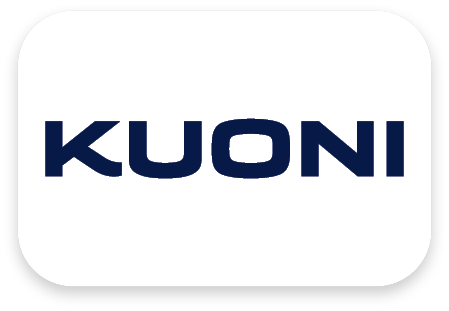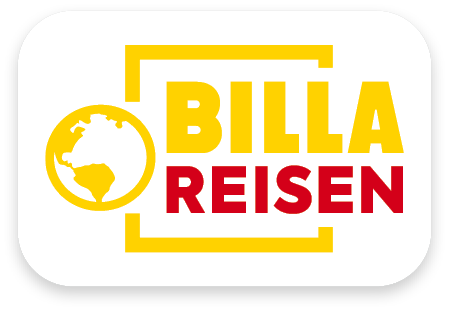Learn more about everyday life on the flower island
Tourism is the backbone of Madeira's economy. Every year around 650.000 foreign guests come to the island. The English come first, closely followed by the German visitors. However, mainland Portuguese also like to travel to the island.
Around 15% of the Madeirans work in the hotel industry, almost a quarter of the population is employed in agriculture. The strongest pillar of agriculture is the cultivation of bananas. They were grown for personal use as early as the 19th century. In 1911 the English shipowner John Milburn Leacock began exporting. The area under cultivation increased steadily until the early 90s, sometimes more, sometimes less. With the opening of the European single market, the “dollar” banana from the Caribbean and Latin America conquered the market and pushed the Madeira banana to the side. While the Madeirans exported around 1984 tons of the aromatic fruits in August 5.000, in August 1994 it was only around 2.000 tons, i.e. less than half.
Viticulture, once a gold mine, has suffered several failures in the past. On the one hand by the powdery mildew that was introduced and a few years later by phylloxera (late 19th century). Many farmers had to switch to other products such as coffee, tobacco or sugar cane. Today the vines occupy around 1.800 hectares. Of this, however, only about 500 hectares are used for quality wine, which is then also exported.
Sugar cane, at that time an important economic factor, has lost a lot of its importance. Since the climate is relatively unfavorable, the production costs are too high due to the extended ripening period and the cultivation is too expensive. As early as the middle of the 16th century, Madeira sugar was no longer up to the Brazilian competition. After the decline in wine exports in the 19th century, sugar cane cultivation increased again, but then steadily declined again. Today there are only a few fields left where the pipe for making schnapps (aguardente) and syrup is grown.
The latest hope are cut flowers and orchids that are to be grown for export, but currently. this is still done without a sales strategy. Not even the local market is covered, and flowers imported from Holland are often cheaper and are finding more and more buyers.
Further agriculture, such as grain, potato, vegetable and fruit cultivation, cattle breeding and fishing are of minor importance. Usually only the surplus is sold.
Many Madeirans often only have the minimum wage in their pockets at the end of the month. This is currently at around € 350. In comparison, the price level and the apartment rents are very high. In order to be able to support the family, most of them earn additional jobs, such as embroidery or basketry. About 30.000 Madeira women embroider, mostly at home. A state craft institute monitors the quality of the work and awards seals of approval. Payment is based on the number of stitches. A large part is exported, especially to Italy. Almost 2.000 people work in the basketry, which is concentrated in Camacha. The main customers are North America, South Africa and some European countries.

